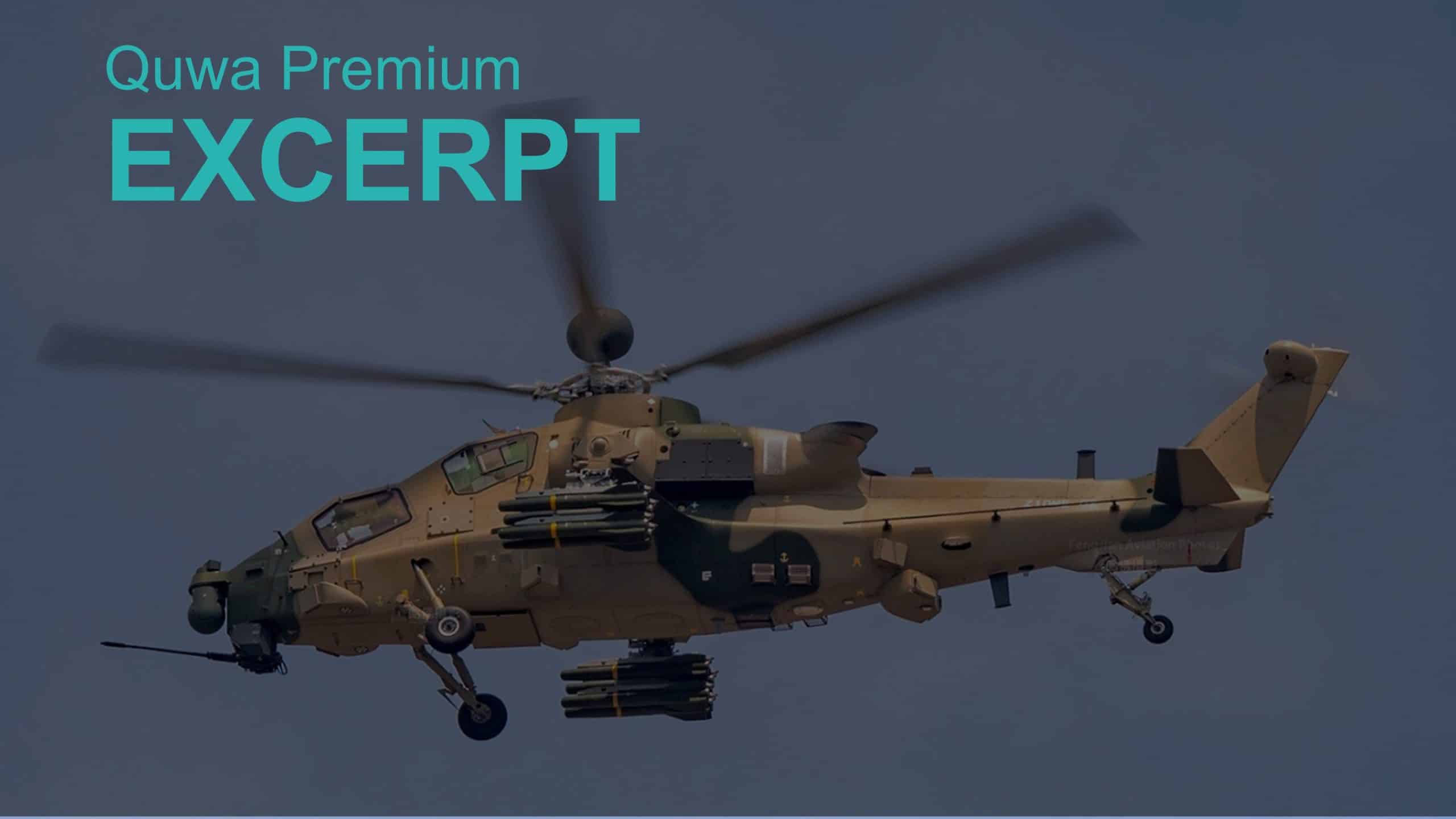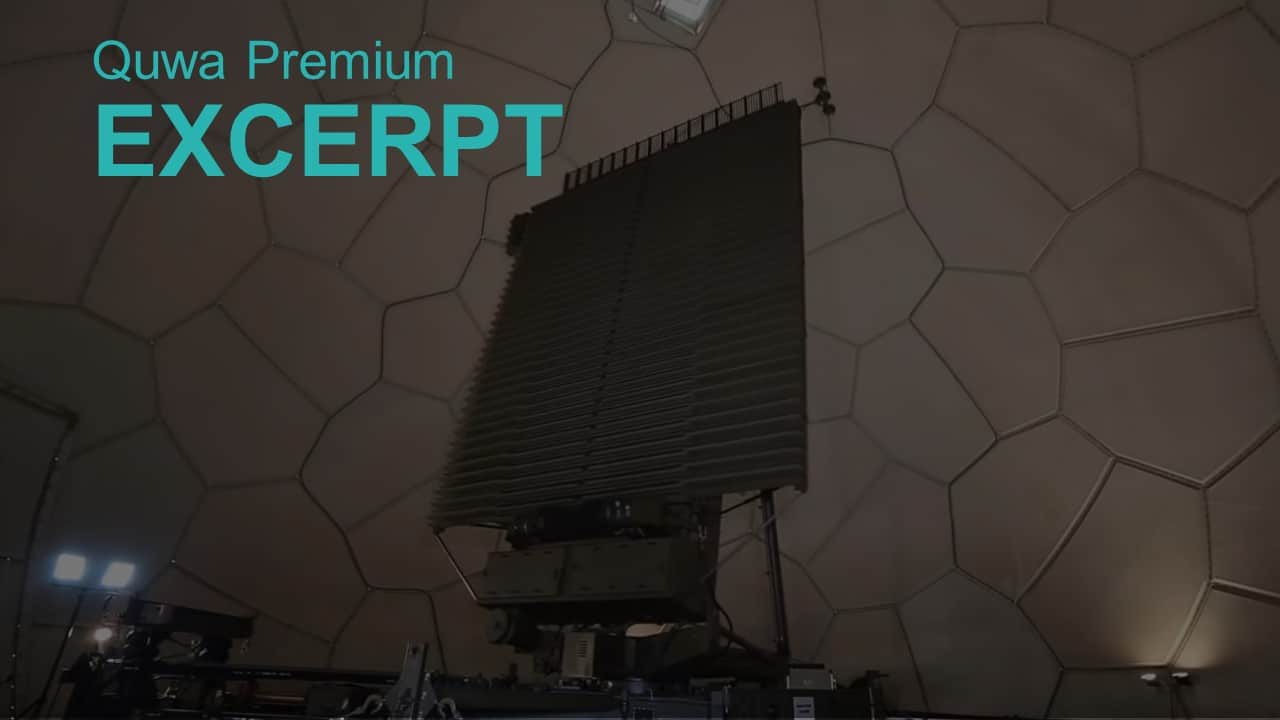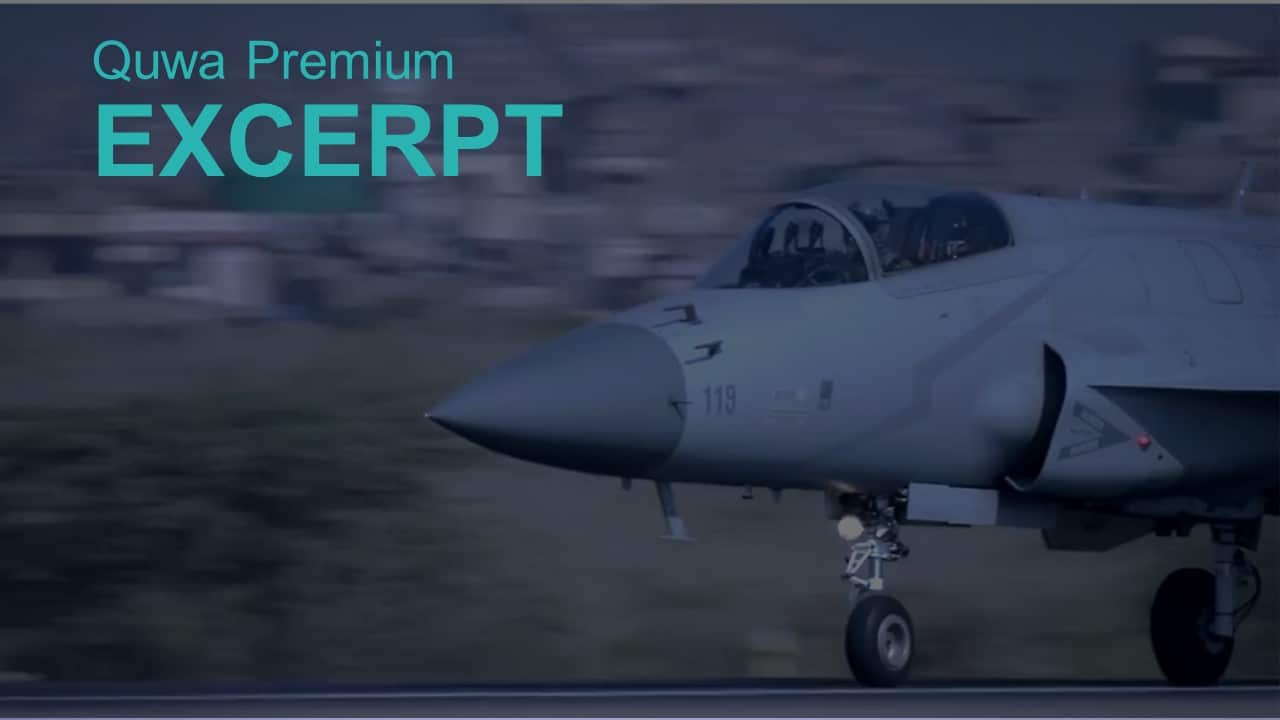1995Views

New Photos of Chinese Z-10ME Show Additional Improvements
New photos emerged through Weibo of the Z-10ME attack helicopter, an improved variant of the Changhe Aircraft Industries Corporation (CAIC) Z-10.
Revealed in 2018, the Z-10ME delivered several changes over the Z-10, most notably additional armour, new sand filters for the engines, infrared suppression, and crash-resistant seats for the pilots. Reportedly, CAIC implemented these changes in response to the Pakistan Army’s requirements.
The latest photos of the Z-10ME now show it sporting additional features and new subsystems, including a top-rotor-mounted sensor; armour plating near the canopy and under the fuselage; a revised engine exhaust; possibly a new defensive aid suite that may include an electronic countermeasures (ECM) system capable of radar jamming.
Pakistan had tested the original Z-10E between 2015 and 2016. However, it opted for the Bell AH-1Z and Turkish Aerospace Industries (TAI) T129 for its future attack helicopter requirements instead.
Since 2017, Pakistani-U.S. defence ties underwent a chill that resulted in Washington withholding Foreign Military Financing (FMF) and Coalition Support Funds (CSF) to Islamabad.
Pakistan wanted to use the FMF and CSF vehicles to finance the AH-1Z program. But with the CSF/FMF no longer available, the AH-1Z deal fell through. Moreover, the T129 deal fell through as well due to the U.S. refusing the release export permits for the CTS800 turboshaft engine, which powers that helicopter.
In 2020, the then Corps Commander of the Pakistan Army Aviation (PAA), Major Gen. Syed Najeeb Ahmed, said that the PAA would consider the Z-10ME as an alternative platform.
Background: Pakistan’s Attack Helicopter Requirements
Since 2012, the PAA had been seeking successors for its aging Bell AH-1F/S Cobra attack helicopters. While the AH-1F/S is a legacy design, it has also seen heavy use through the 2000s and 2010s as part of Pakistan’s counterinsurgency (COIN) operations. Moreover, the PAA said that the AH-F/S are also limited in a number of areas, such as their inability to effectively operate in high-altitude operational environments.[1]
Under the original modernization plan, the PAA had settled on two different platforms.
First, it acquired the AH-1Z Viper as its “heavyweight” attack helicopter. Second, it followed up with a bid for a secondary, “lightweight” platform, i.e., the T129 ATAK. In total, the PAA had 12 AH-1Zs and 30 T129s on order. However, these may have been initial tranches of a larger program.
While the PAA sought two different platforms, it did set baseline requirements for both. Basically, the PAA wanted both helicopter types to be hot-and-high capable. In other words, the PAA intended to deploy the AH-1Z and T129 in all of its main operational requirements.
The capability differences between the two had more to do with their respective roles.
For example, a Bell Textron representative told Quwa that the PAA heavily favoured the AH-1Z for its sand filtration system, which was “best in class.” In other words, the PAA was interested in using the AH-1Z for anti-armour operations, especially in its desert environments.
On the other hand, the T129 was tested for its high-altitude, hot-temperature, and endurance capabilities. However, the design was fully capable of anti-armour operations in its own right. Like the AH-1Z, the T129 could also deploy anti-tank guided missiles (ATGM).
Based on these details, the PAA wanted to deploy the AH-1Z as its mainstay attack asset. The T129, on the other hand, would be a supporting attack asset, but the primary armed reconnaissance system. In certain environments, the T129 would be the primary attack asset.
How Would the Z-10ME Fit into Pakistan’s Planning
There are two interesting details about the Z-10ME.
First, the Z-10ME a few months after Pakistan had already signed onto the T129. So, in all likelihood, CAIC did not work on the Z-10ME as an alternative to the T129. Second, CAIC’s optimizations evidently point to a greater focus on the desert environment and combat in contested/high-threat areas (e.g., new defensive aid suite, additional armour, and potentially ECM)…
End of Excerpt (649/1,151 words)
You can read the complete article by logging in (click here) or subscribing to Quwa Premium (click here).
For more Pakistani defence news, check out:
- Pakistan’s Economic Flaws Bite into its Defence Budget
- The Growth of Pakistan’s Air Defence Environment
- J-10CE: The Story of Pakistan’s Latest Fighter Acquisition
[1] Gareth Jennings. “Pakistan evaluating new attack helicopter options.” Jane’s Defence Weekly. 31 January 2018.


